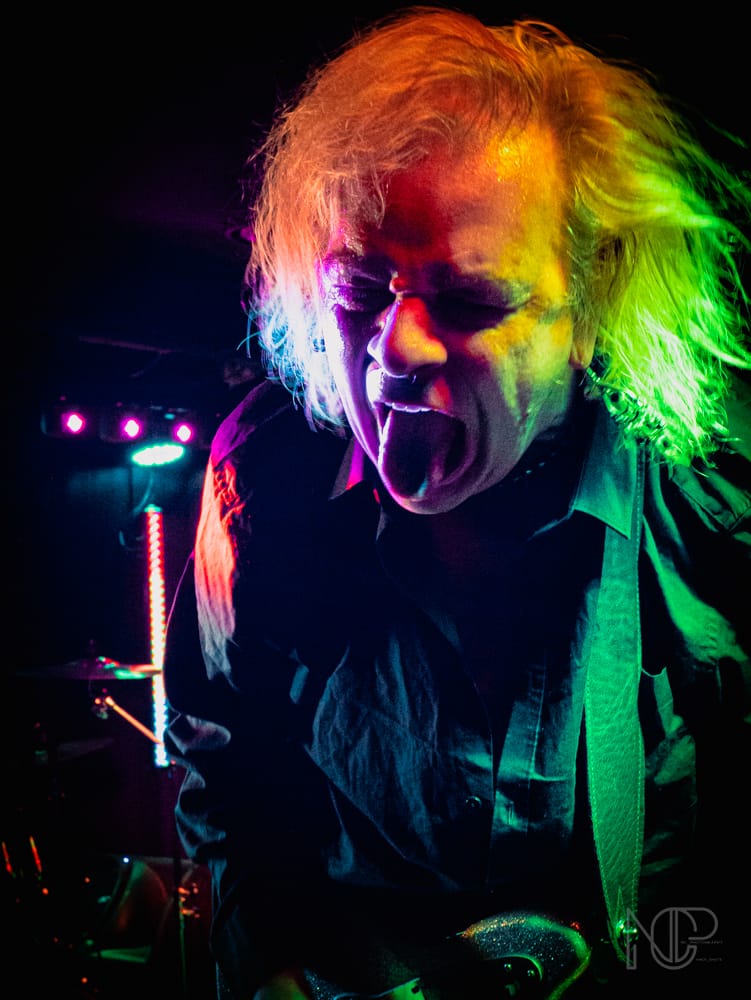A review of Musick Fyne at Pluscarden Abbey on Saturday the 22nd June 2013.
The monastic setting of Pluscarden Abbey was the venue for a programme of early music performed by local group Musick Fyne on Saturday 22nd June. The venue was packed with a very appreciative audience including some of the Abbey residents.
Musick Fyne specialise in recreating choral works from the Renaissance period. This was an evening of such music. The event consisted of a number of pieces of music by different composers and included two instrumental pieces on the clarsach. Each vocal section was introduced by James Ross and the two clarsach pieces by Bill Taylor.
Robert Carver was the principal composer to King James IV and is one of Scotland’s greatest musicians. He could hold his own against his English and European contemporaries – two of whom – John Sheppard and Thomas Tallis also had works performed during the evening.
The concert opened and closed with works by Carver – firstly a very delicate version of O bone Jesu in which the tone for the evening was set. Vocal notes floated in all directions through the Abbey Chapel. Next to be performed – the most modern vocal work of the evening was the 1638 composition Miserere mei, Deus by Gregorio Allegri. For this the choir split into two parts and the whole acoustic space of the chapel was used to great effect. Following this an aching beautiful and much too short Ane Groundel was performed on the clarsach.
The Gloria from the mass Cantate by the English composer John Sheppard followed. In this the choir captured the strident approach Sheppard took to his music. Three contrasting motets from Thomas Tallis were then performed. These again illustrated the difference in compositional style from Carver and Sheppard. I had never noticed until this evening how Tallis was influenced by the early German composer Hildegard von Bingen. The female parts of Loquebantur variis linguis pointed up this musical link.
Bill Taylor took to the clarsach again for the pibroch Cumha Easbuig Earraghaidheal – the resonance of the harp being used to great effect to mimic the drone of the pipes.
The evening closed with the Gloria from the Mass Dum sacrum mysterium by Robert Carver. In this work Carver uses chunks of sound which mimic the rhythm of the sea, or wind blowing through grass. The choir caught these effects well which brought a very fitting end to an evening of uplifting music.
Along with groups such as the Tallis Scholars, the Hilliard Ensemble and the Sixteen, Musick Fyne are to be congratulated in their efforts to bring early music to modern audiences. We should also give thanks for the fact that unlike the above groups Musick Fyne are local and thus much more accessible. Details of forthcoming concerts can be found on the group website: http://www.coronach.co.uk and if you want to be placed on their mailing list just send an e-mail to: ross.coronach@btinternet.com









